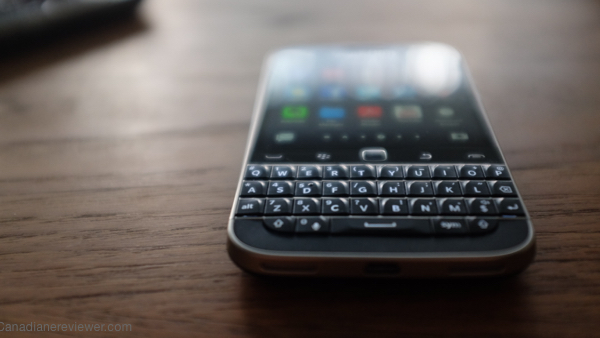 plus ça change, plus c'est la même chose - The BlackBerry Classic takes us back to the future
plus ça change, plus c'est la même chose - The BlackBerry Classic takes us back to the future
Text and Photos by Gadjo Cardenas Sevilla
BlackBerry didn't just get the band together for a farewell tour for their diminishing but rabid fanbase. The company commited substantial manpower and engineering into bringing to life a modern BlackBerry smartphone that's replete with the familiar, reliable and almost quirky feature set that users loved four of five years ago.
There's great power in nostalgia. Just ask carmarkers like VW, Mini, Fiat and even Ford, which relentlessly and successfully peddle newfangled and modernized versions of their iconic and best-selling products from yesteryear.
At first glance, many might dismiss the BlackBerry Classic as the smartphone equivalent of a "New Beetle", a new product that's riding on the reputation and the popularity of BlackBerrys iconic Bold line but which has very little in common with its famous predecessor. The truth is, there's much more to the BlackBerry Classic than meets the eye.
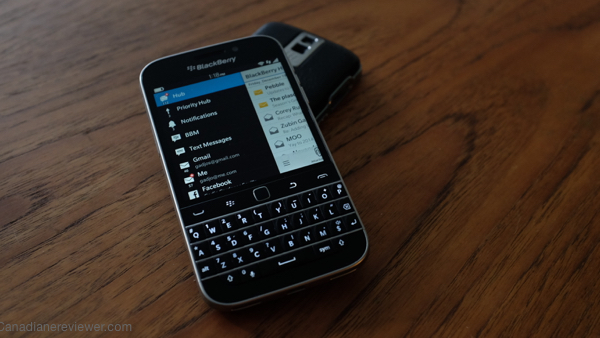
More than just the embodiment of BlackBerry's productivity-focused and no-nonsense enterprise-grade "get things done" dictum, the BlackBerry Classic really defies many of today's smartphone trends to give bona-fide BlackBerry Bold users a modern version of the devices they've been unable to part with.
BlackBerry didn't just get the band together for a farewell tour and play all the hits to a diminishing but rabid fanbase. The company commited substantial manpower and engineering into bringing to life a modern BlackBerry smartphone that's replete with the familiar, reliable and almost quirky feature set that users loved four of five years ago.
In contrast, the BlackBerry Passport is the company's nod to the future, an unapologetic swing at today's phablet class of large smartphones. The Classic is nearly the opposite, a known quantity that's familiar yet updated enough to function within current ecosystems.
To create the BlackBerry Classic, a device that CEO John Chen says was built for loyalists of the Bold line, the Waterloo-based company had to go back to the drawing board and look at what made their older devices so beloved, as well as figure out how to seamlessly integrate those features with an entirely new operating system that's already been two years in its evolution.
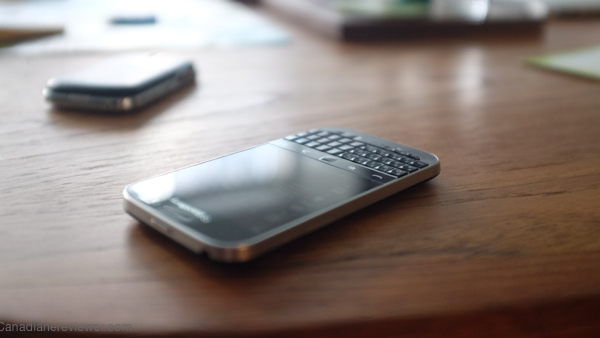
Was it worth it?
I'd certainly like to think so. What BlackBerry, and weirdly also Microsoft, have learned the hard way is that customers don't want drastic change. Each product or brand has basic touchstones that may be evolved through time, but cannot be removed altogether.
In Microsoft's case, the Start Menu and the Desktop in Windows 8 were brought back out of retirement for Windows 10, like dusty athletes in new uniforms. Why? These features are who the fans will pay to see.
For BlackBerry and its fans, the re-appearance of the optical track pad, menu and back keys plus the elegant Bold styling, and precise QWERTY Keyboard, will feel like seeing a long lost friend thought dead or disappeared into witness protection. That these relics of the Bronze Age of smartphones can be made to work with a modern and stable BlackBerry OS, is nothing short of reanimating the dead.
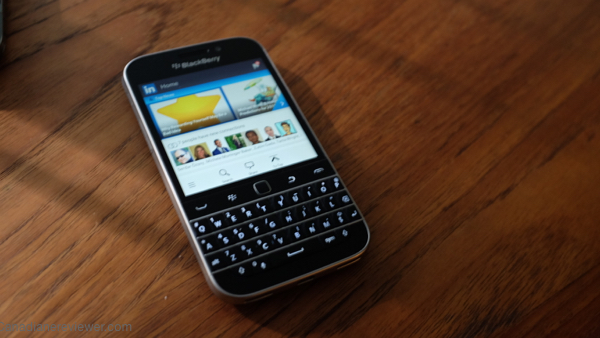
Of course, even Dr. Frankenstein found out the hard way that cobbling together various disparate bits and pieces to form something new, can never be perfect. Not by a longshot.
For the BlackBerry Classic, it excels at slicing and dicing through emails, text messages, BBMs, WhatsApps and is the best little word processor and editor that can fit in your shirt pocket and in your hand.
The waves of pain are felt when venturing away from the seclusion of the BlackBerry World's apps and into the theme park that is the Amazon App Store or using any sideloaded Android apps which "will work" even if the 3.5-inch 720 x 720 display is far from an ideal stage for these applications.
Hoping for the trackpad to serve as a microscopic mouse pointer in these applications and programs, which were never, ever designed for a mouse, can be an almost Beckettian exercise and not even worth pursuing.
The fact that the BlackBerry Classic sports circa 2013 processor may also hamper some of the newer Android games and apps that some users may want to run on it. Stick to mail, browsing, messaging and business applications within the BB10 framework and you're golden.
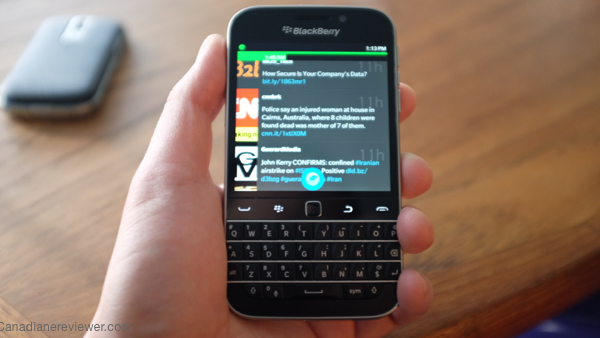
Personally, I don't think that the intended target audience of the Classic give a hoot about Amazon App Store, sideloaded Android apps or games.
This class of user is too busy changing the world, running governments and making a profit. Their time is money, and if there's anything the BlackBerry Classic can buy these users it is more time.
The BlackBerry Hub, introduced a few years ago, has gained its full power with the latest version of BB10. The small screen size, the fact you're dealing mostly with text , and the ability to get granular with editing and writing longer emails or documents, is very doable with the BlackBerry Classic.
The idea of Zero Inbox was an impossibility for me, but with the Classic, I was able to triage a hundred emails (mostly CES invitations) while waiting in line at the barber shop.
Anyone who has honed their thumb typing proficiency on BlackBerry devices in the past will feel right at home, and after a day or so of use, muscle memory will kick in. So much so, that having to go back to another smartphone and deal with messages and typing on a larger screen touch device sans QWERTY keyboard becomes somewhat disorienting.
The kids today won't get it. They'll look quizzically at the 40 button keyboard and scratch their heads. That's fine, this device isn't for them.
The BlackBerry Classic has a purposeful and solid feel to it. Construction is top notch and while many will find it on the dense or heavy side, it still fits perfectly in one hand (and pocket), portability is never compromised in the name of design or functionality, which is textbook BlackBerry.
Picking it up and feeling the weight of it told my brain I was supposed to do important stuff with it and not just screw around scrolling through inane feeds and social media rabbit holes. The BlackBerry Classic looks and feels like a professional's work device and it operates like one to great satisfaction.
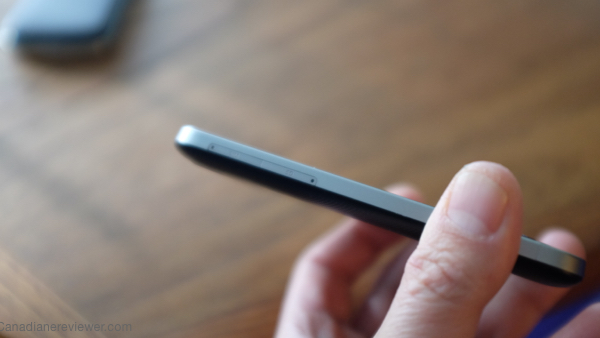
Three microphones ensure great audio and noise cancelling features as well as decent speakerphone performance. We also get a very good 2515 mAh battery which is tweaked by optimization software. I've used the device for a day and a half without needing top plug in which is impressive for a device this size. Voice and data on the Telus network were as good as they could be until I used the device at Pearson Airport where I was knocked back into 2008 data speeds and quality (not the Classic's fault, same thing happens with other devices I use there).
One thing I didn't miss, which was an issue for any QWERTY enabled smartphone like this, is how much dust and pocket lint seem to relentlessly adhere to all the surfaces around the display, speaker and keys. There was a reason BlackBerry often included sleeves with these devices in the past but the Classic doesn't come with one (it's must have accessory).
Aside from this, the only issue I had was having to rewire my brain to re-integrate the trackpad and the belt to understand how they worked within the context of which apps I used. A small price to pay for having the functionality on hand when needed.
The best thing about the BlackBerry Classic is that it is exactly what its user base wanted and have been asking for. Now they have no excuses for holding on to the past because there's something better out there that's very much the same to what they're used to.